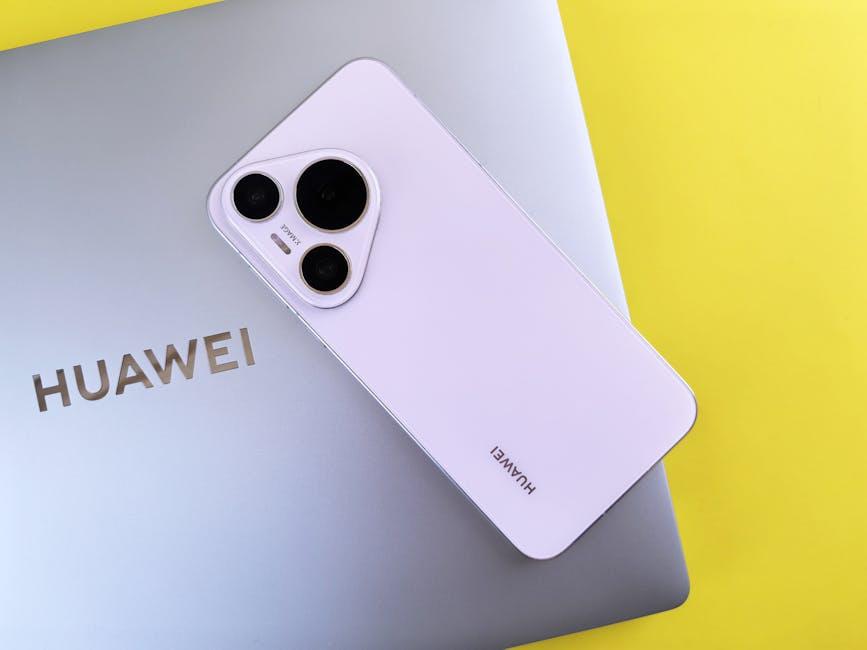In the intricate dance of human connection, choosing a partner is one of life’s most significant decisions. It’s a journey where intuition meets intention, and where understanding the subtle signs of a healthy relationship can illuminate the path to lasting happiness. As we navigate the complexities of love and companionship, recognizing these signs becomes essential. This article delves into the markers of a thriving partnership, offering insights that empower you to make informed choices. Whether you’re beginning a new romance or reevaluating an existing bond, understanding these signals can guide you toward a relationship that nurtures and sustains.
Identifying Emotional Intelligence and Empathy
When evaluating a potential partner, understanding their level of emotional intelligence and empathy can be pivotal. These qualities manifest through subtle behaviors and interactions that signal a deeper understanding of emotions and the ability to connect with others. Look for signs such as:
- Active Listening: They pay attention and engage genuinely in conversations, showing interest in your thoughts and feelings.
- Empathetic Responses: They can put themselves in your shoes, offering support and understanding during challenging times.
- Self-Awareness: They acknowledge their emotions and understand how these affect their behavior and interactions.
- Conflict Resolution: They handle disagreements with calmness and seek solutions that respect both parties’ perspectives.
Partners with high emotional intelligence and empathy contribute to a nurturing and understanding relationship environment, laying a foundation for trust and mutual respect.

Understanding Communication Styles and Their Impact
Understanding different communication styles can significantly influence the dynamics of a relationship. People express themselves in unique ways, and recognizing these styles helps in establishing a connection that’s both empathetic and effective. Here are some common communication styles and their potential impacts:
- Assertive: This style is often seen as the most balanced. Assertive communicators express their thoughts clearly and respectfully, promoting a healthy dialogue and mutual respect.
- Passive: Individuals who communicate passively may struggle to express their needs, leading to potential misunderstandings or resentment over time.
- Aggressive: This style can create conflict, as it often involves expressing needs and desires in a forceful or confrontational manner.
- Passive-Aggressive: This indirect approach can lead to confusion and frustration, as underlying issues remain unaddressed.
By identifying and understanding these styles, you can foster a relationship where communication is not only effective but also nurturing, laying a strong foundation for a healthy partnership.

Assessing Compatibility Through Shared Values
In the journey of finding a meaningful connection, aligning on core beliefs and principles can serve as a solid foundation. Shared values act as a compass, guiding couples through life’s myriad challenges and decisions. Consider the following aspects to evaluate this crucial alignment:
- Life Goals: Do your visions for the future complement each other? Whether it’s career aspirations or family planning, having aligned ambitions fosters mutual support.
- Ethical Beliefs: How do you both view honesty, integrity, and responsibility? These form the bedrock of trust and respect in a relationship.
- Lifestyle Choices: Consider daily habits and preferences. Do your interests and activities enhance your shared time together, or do they create friction?
- Communication Styles: Are you both on the same page when it comes to expressing thoughts and emotions? Effective communication is key to resolving conflicts and strengthening bonds.
By focusing on these elements, partners can nurture a relationship that not only thrives on mutual respect but also celebrates individual growth within a shared journey.

Evaluating Mutual Respect and Support
In a healthy relationship, mutual respect and support are the cornerstones that uphold the connection between partners. Mutual respect involves acknowledging each other’s boundaries, opinions, and individuality without judgment. When choosing a partner, consider whether they truly listen and value your perspective, and whether they encourage your personal growth.
- Active Listening: Do they genuinely pay attention when you speak?
- Encouragement: Are they supportive of your goals and dreams?
- Boundaries: Do they respect your personal space and limits?
- Appreciation: Is there a sense of gratitude for each other’s contributions?
Support in a relationship means being there for each other through both triumphs and challenges. This involves offering a shoulder to lean on during tough times and celebrating successes together. A partner who consistently shows up, without expecting anything in return, demonstrates a profound level of commitment and care.




